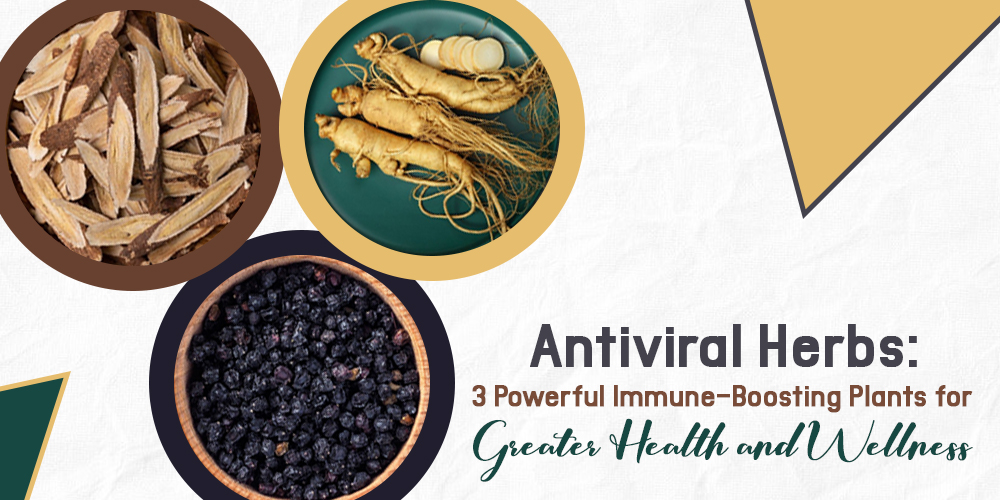AstragalusAstragalus can be known as Huang qi or of milkvetch. It obtains from a kind of bean or legume. While there is more than one variety of astragalus, the majority of astragalus provide consist of Astragalus membranaceus. The herb is thought to offer various health benefits for different conditions, including heart benefits.
Astragalus appears to be performed by stimulative natural immunity. There are anti-oxidant side effects that inhibit the free extremist generation. In your body, free radicals destroy cells as they are related to many people’s health issues connected with aging. You can find, though, no well-known solution to stop free radicals entirely.
Research has shown that astragalus has natural antiviral attributes and induces innate immunity, advising that it could help prevent colds and same bacterial infections. And also being the most effective antiviral natural herb, astragalus is an adaptogen, an herb that maximizes the body’s endurance and strength to a selection of a biological, chemical, and actual physical agent. Adaptogens are already found to enhance the immune reply, reduce inflammation, and get better blood sugar.
Additionally, they help normalize the functioning of different body systems, in particular, the adrenal and pituitary glands, by disturbing the actions of bodily hormones. Research studies in the USA are usually taking a look at astragalus, as well as other antiviral herbal plants, as a viable eluate to people whose autoimmune systems had been weakened or decreased. Studies indicate that astragalus nutritional supplements might assist immunocompromised people with faster recuperation and great longevity.
As astragalus is an anti-oxidant, it might aid in the therapy of heart problems, helping to reduce cholesterol levels and improve heart function. It’s also a mild diuretic, and therefore it could assist the body with getting rid of excess fluid. The taproot of the astragalus plants contains antioxidant vitamins that secure cells from problems. It’s utilized medicinally to support the immune mechanism and to help prevent higher respiratory bacterial invasion, lower hypertension, treat diabetes, and safeguard the liver.
Along with being an all-natural antiviral herb, astragalus has both anti-bacterial and anti-inflammatory properties and is at times used topically in ointments to increase blood flow to a particular section of the body and speed wound treatment.
- Elderberry
Elderberries are the fruits of the Sambucus tree. The most popular version is Sambucus nigra.
The flower has clusters of little white-colored or cream elderflowers and all kinds of small blue or black elderberries.
Native Americans and European Union herbalists get out-of-date elderberries for their intended health advantages. Included in this is increasing the body’s natural immunity to help the body fight colds, flu, or other respiratory diseases.
Elderberry (Sambucus nigra) is native to Europe, Africa, and sections of Asia, but it is becoming more common in the USA as one of the most popular natural herb antivirals. Sambucus canadensis, also called American black color elderberry, is a species of elderberry native to a full area of North America east of the Rocky Mountains, craggy tops, and south through-with eastern Mexicali, and important America to Panama. It is probably the most general natural antiviral herb in the West.
Elderberry plants and fruits (berries) have been used in folk treatments for centuries in the United States, Europe, western Asia, and North Africa and are commonly used in natural pills today. Often called “nature’s pill chest,” elderberry is nearly universally recognized for its immune-supporting attributes and its capability to fight viruses and bacterial infections, which makes it the most effective antiviral plant.
In the early 1990s, elderberry extraction was utilized to efficiently cure flu signs and symptoms during an influenza epidemic in Panama. Presently, no acceptable pill is accessible that may heal influenza variations A and B, but elderberry extract, with its medical trials, low price, and absence of side effects, may potentially provide a safe therapy as an all-natural antiviral.
3. Siberian Ginseng
Siberian ginseng (Eleutherococcus senticosus), also called eleuthero ginseng or even eleuthero, has been utilized for centuries in eastern countries around the world, such as China, Korea, Japan, and Russia, and is probably the most commonly used antiviral herb on earth. Despite being in the same botanical family as American ginseng (Panax quinquefolius) and Asian ginseng (Panax ginseng) and having the same name, Siberian ginseng isn’t the same plant and doesn’t have the same chemical division. Siberian ginseng’s active ingredients are a complex number of chemicals known as eleutherosides, which differ from the ginsenosides found in the Panax types of ginseng. This instant in their active ingredients has activated argumentation among herbalists about whether Russian ginseng must even be considered correct ginseng at all.
Siberian ginseng’s antiviral supply is made from the root of the plant because the resource includes the most precious property of eleutherosides. Eleutherosides are reportable for impacting the generation of interferon (a protein that limits virus replication) and intensifying the exercise of natural killer cells and antibodies. Among the antiviral herb’s additional attributes are chemicals called polysaccharides, which may have also been found to boost innate immunity and lower blood sugar in medical tests.
Currently, most scientific examination of antiviral herbs has been done in the former Soviet Union. I. I. Brekhman, a Russian doctor, is credited with popularizing Siberian ginseng. After analyzing Korean ginseng in the 1940s, he reported on a number of its effects on the body and identified that the plant was an adaptogen. But only because Korean ginseng was so expensive, Brekhman thought to explore the indigenous forests to seek a less costly possibility. He observed that Siberian ginseng was used as an adaptogen and suggested several of the same features as south-Korean ginseng, although it had a different chemical composition.
